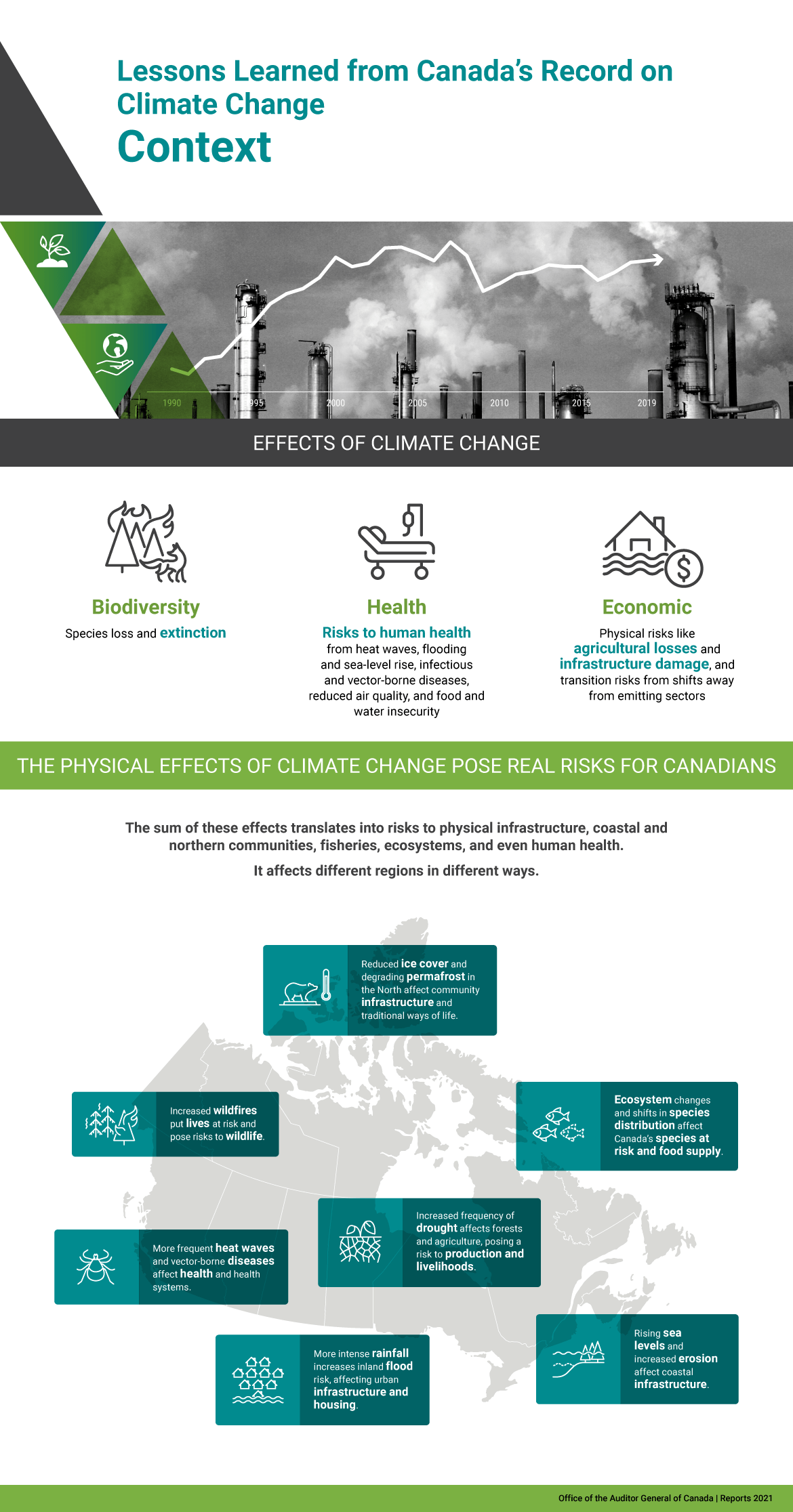
Ontario will not mandate vaccination for health-care workers
The Ontario government announced Wednesday that it will not mandate COVID-19 vaccination for health-care workers, while Quebec backtracked on its plan to do so.
In a statement, Ontario Premier Doug Ford said that making the vaccine mandatory could jeopardize patient care in the province.
“The impact of the potential departure of tens of thousands of health-care workers is weighed against the small number of outbreaks that are currently active in Ontario’s hospitals,” he said in a news release.
“Having looked at the evidence, our government has decided to maintain its flexible approach by leaving human resourcing decisions up to individual hospitals.”
Niagara Health has independently made vaccination mandatory for all staff and physicians, effective January 27, 2022.
Ontario Economic Outlook and Fiscal Review to be launched tomorrow
Peter Bethlenfalvy, Minister of Finance, will deliver the 2021 Ontario Economic Outlook and Fiscal Review in the legislature on November 4th, 2021 at approximately 1 p.m.
Click here to watch the livestream.
More high-risk individuals will be eligible for 3rd COVID-19 vaccine shot on November 6
Over the coming months, Ontario is prepared to gradually roll out booster doses to all Ontarians aged 12 and over.
The province will begin offering booster doses of the COVID-19 vaccine to the following vulnerable populations if at least six months have passed since their last dose:
- Individuals aged 70 and over (born in 1951 or earlier);
- Health care workers and designated essential caregivers in congregate settings (including long-term care home and retirement home staff and designated caregivers);
- Individuals who received a complete series of a viral vector vaccine (two doses of the AstraZeneca vaccine or one dose of the Janssen vaccine); and
- First Nation, Inuit and Métis adults and their non-Indigenous household members.
Click here for more information.
Bank of Canada announces climate change commitments for COP26
While the Government of Canada has the primary responsibility for climate change policy, the Bank of Canada recognizes the importance of including climate change considerations in its work to promote the economic and financial welfare of Canadians.
The Bank of Canada commits to taking the following concrete steps:
- Assess the effects of climate change on the macroeconomy and price stability
- Evaluate the Canadian financial system’s exposures to climate-related risks and improve associated risk management capacities
- Measure, mitigate and report on the Bank’s operational risks related to climate change
- Engage and collaborate with Canadian and international partners
Click here for more information.
Goodman’s BBA International Double Degree program receives prestigious accreditation
Brock University’s Goodman School of Business has received accreditation from the European Foundation for Management Development (EFMD) for one of its flagship offerings — the Bachelor of Business Administration International Double Degree co-op program.
The program — which grants students two degrees, one from Brock and one from a European partner university, while giving students work experience on both continents — was granted EFMD Programme Accreditation last month.
Click here for more information.
One week remains to apply for the Ontario Tourism Recovery Program
The Ontario Tourism Recovery Program (OTRP) supports eligible, Ontario-based, tourism businesses in the for-profit attractions, accommodations and transportation sectors that have been hardest hit by COVID-19. OTRP is a competitive, application-based grant program supporting private sector tourism businesses that are significant drivers to their regional tourism economies.
Applications for OTRP will be accepted until November 10, 2021 at 11:59 p.m. Eastern time.
Click here for more information and to apply.
Reading Recommendations
What makes a good net zero carbon emissions pledge?
BBC Future
Since world leaders got together in Paris in 2015 and committed their respective nations to try to limit global warming to 1.5C, “net zero” has become a rallying cry for action on climate change. In short, to have a decent chance of achieving the Paris goal, the world needs to limit its carbon emissions so the level of greenhouse gases in the atmosphere does not rise any further after 2050.
The number of net zero targets that have been set, by national governments, industries, companies and others, has skyrocketed in recent years. Pledges to reach net zero now cover almost 80% of the global economy. But not all targets are created equal.
So, what does net zero entail? The first step is to reduce emissions. But in some sectors, such as aviation and agriculture, getting emissions all the way to zero is likely to be near-impossible. To balance out those residual emissions, and reach net zero overall, we’ll need to remove an equivalent amount of carbon dioxide from the atmosphere.
There’s no one right way to achieve this balance – but there are several features that separate a robust target from an ambitious fudge.
Thousands of unvaccinated Canadian employees are being fired or put on leave, squeezing already tight labour market
Financial Post
Canadian employers are firing or putting on unpaid leave thousands of workers who refused to get COVID-19 shots, squeezing an already tight labour market and raising prospects of potentially disruptive legal challenges.
Prime Minister Justin Trudeau promised vaccine mandates as a central part of his successful campaign for re-election in September, setting a precedent that has spread from the public to the private sector.
The mandate for federal workers is one of the world’s strictest, and the government has extended it to federally regulated spaces, which include airports, and to air and rail travellers.
Across Canada, hospitals, banks, insurers, school boards, police and some provincial administrations are now implementing similar policies for current and future hires.
Unvaccinated workers whose livelihoods are on the line — in a country where more than 83 per cent of the eligible population over 12 years old have had their shots — are flooding labour lawyers with calls.
Niagara COVID-19 statistics tracker
Niagara COVID vaccination tracker
Free rapid COVID-19 testing kits are now available to businesses. Visit gncc.ca/workplace-self-screening-kits to learn more and reserve kits for your organization.
Information on government grants, resources, and programs, policies, forms, and posters for download and use, are available here. The GNCC is here to support you. Contact us with any questions you have.
Through the Daily Updates, the GNCC aims to deliver important business news in a timely manner. We disseminate all news and information we feel will be important to businesses. Inclusion in the Daily Update is not an endorsement by the GNCC.






